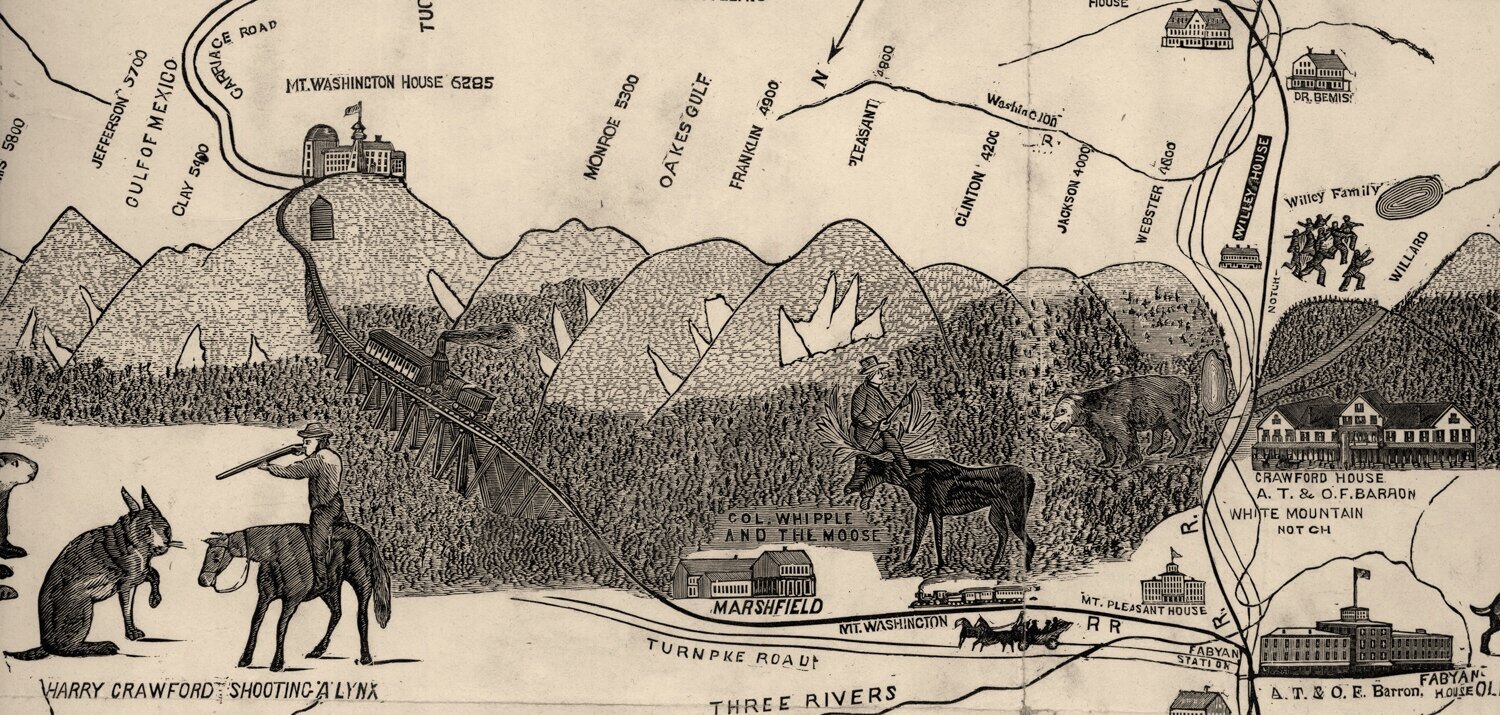
Sylvester Marsh and the Railway to the Moon
A nagging case of indigestion led to one of the greatest achievements of the Industrial Age
In 1857, not long after relocating to the Boston area, Chicago businessman Sylvester Marsh needed some exercise. Just two years earlier, he had left a successful career in the meat packing and grain drying industries behind, and had accumulated a personal fortune sufficient to guarantee a very comfortable retirement.
But boredom and chronic dyspepsia soon became intolerable, so one day in August of that year, along with his pastor, Marsh returned to his native New Hampshire to climb to the summit of Mount Washington. That hike would forever change his life, and it would then reach down through the years and touch the lives of countless others in the form of the Mount Washington Cog Railway.
When the two gentlemen set off that morning it was a beautiful summer day. But what happened once they were above tree line is what often happens on the mountain– Marsh and his friend suddenly found themselves in the midst of a life threatening storm. They pushed on, and just barely made it to the shelter of the Tip Top House with their lives. The bunker-like stone hostel was built on the summit in 1853, and remains to this day.
After what one can only imagine must have been a night of reflection on the day’s events (and hopefully a hot meal and a warm bed) Marsh came to the conclusion that there should be a safer and more efficient way for travelers to experience the grandeur of the mountain. He decided that he would be the man to make it happen, and being a modern man of his era, he would somehow use the state of the art transportation technology of his day, the steam locomotive.
But when he applied for a charter from the New Hampshire State Legislature in 1858 to begin the process of bringing his visionary project to life, he was nearly laughed out of the State House. They referred to him as “Crazy Marsh”, but awarded him the charter anyway, with the stipulation that once he reached the summit, he might as well keep going and build his “railway to the moon”.
But Sylvester Marsh would eventually have the last laugh.

